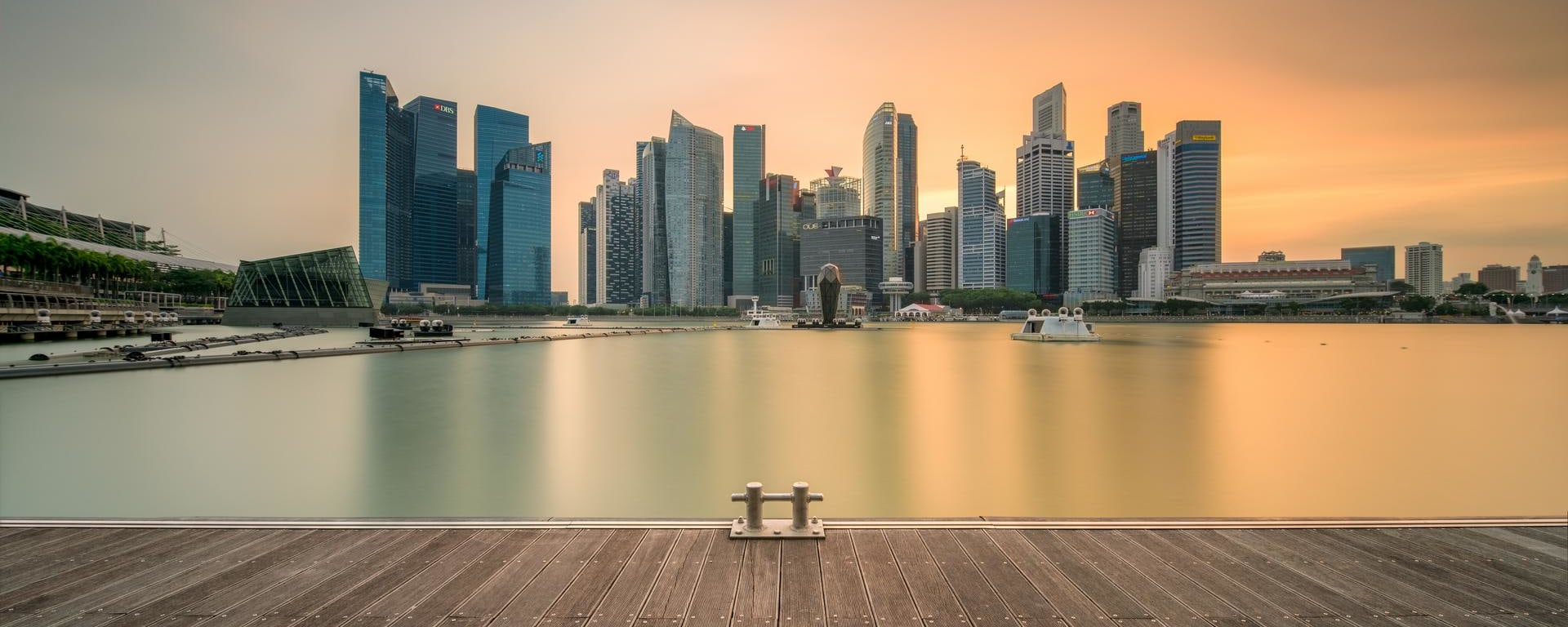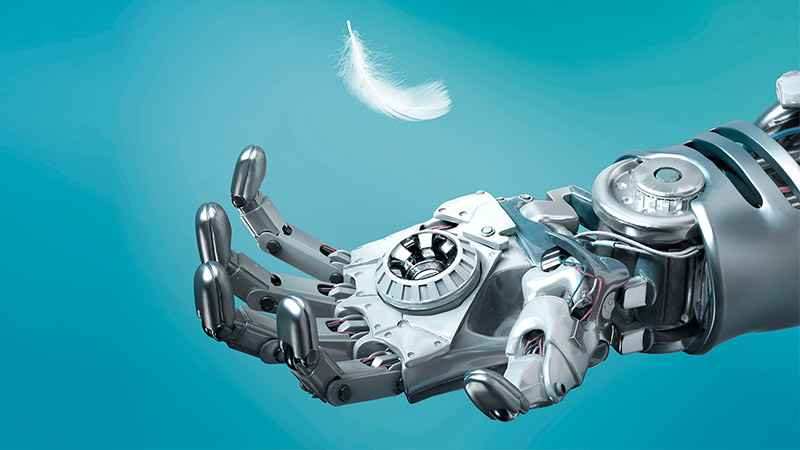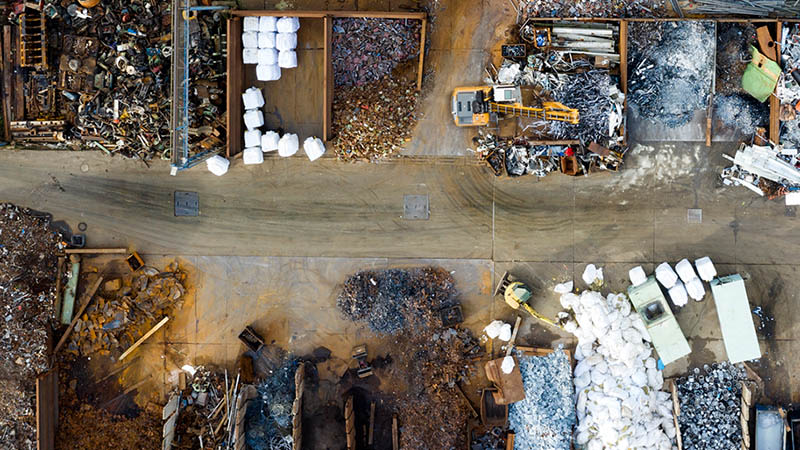
Skyscraper vs. city heat: the Oasia Hotel in Singapore
Published on 14.08.2018 CEST
A video report on the new building typology first used for the Oasia Hotel in Singapore
With the “Oasia Hotel Downtown” in Singapore, the architectural office WOHA is writing a new chapter in the book of urban planning: its green skyscraper allows this tropical megacity to breathe. In this Vontobel video interview, WOHA founder Wong Mun Summ describes his green building concept of the future, receiving high praise from Peter C. Schmal, the Director of the Deutsches Architekturmuseum.
Wong Mun Summ responds to climate change with green building concepts to improve the quality of life in large cities. © rockstagvid.com
For over 20 years, architect Wong Mun Summ has been seeking answers to the pressing challenges of many Asian cities, namely how to address the environmental challenges of megacities growing without direction? Population density, rising temperatures and air pollution all put a strain on the quality of life. And urban planning lags behind the influx of population, unlike in the 1950s, when cities such as New York or Tokyo grew organically.
“We have created a new building typology for tropical, Asian cities.”
When designing the Oasia Hotel, Wong Mun Summ was worried at first when he realized how close the building would be to neighboring structures. How does a densely populated region cope with even more people, traffic and emissions? With its newest offspring, the architectural firm WOHA is now showing a way out that could serve as a standard around the world: its multifunctional building concept combines living, working, leisure and living in a single location. And instead of a skyscraper with energy-hungry air conditioning, WOHA literally planted a gigantic tree in the middle of the metropolis: The Oasia Hotel has been designed so that climbing plants will grow up the facade. Over 20 species are giving Singapore back a bit of biodiversity – and creating an oxygen-rich oasis instead of another heat island.
Nature turned into air conditioning
From the perspective of energy as well, WOHA is bringing nature back into the city. On four levels, multi-story meeting zones open out onto the city. They ensure natural air circulation and, thanks to their extensive green areas, release oxygen into the surrounding air.
In the Top 5 for the “International Highrise Award”
In our video interview with Wong Mun Summ and Peter C. Schmal, you will learn what makes the Oasia Hotel Downtown a masterpiece of sustainability. And why the green building concept of WOHA is so groundbreaking that it was nominated for the International Highrise Award.
About Wong Mun Summ and Peter Cachola Schmal
Wong Mun Summ is a co-founder of the architectural firm WOHA Wong & Hassell. His work is characterized by design strategies that respond to climate change with green building concepts to improve the quality of life in large cities.
Peter Cachola Schmal has been the Director of the Deutsches Architekturmuseum (DAM) in Frankfurt since 2006. After studying at the Technical University of Darmstadt, he worked as an architect from 1989 to 1993, then switched to teaching, becoming a respected architectural critic for trade magazines and feature pages. Before being appointed its Director, Schmal worked at the DAM for six years as a curator.
Who are we? How do we live today? And will we still be able to live like this tomorrow? The issue of a sustainable future is preoccupying society more than ever, with engineers, doctors, politicians – each one of us, in fact – seeking answers. This interview with Wong Mun Summ und Peter C. Schmal is one of many contributions that shed light on sustainability from a new, inspiring perspective. We are publishing them here as part of our series “Insights”.

